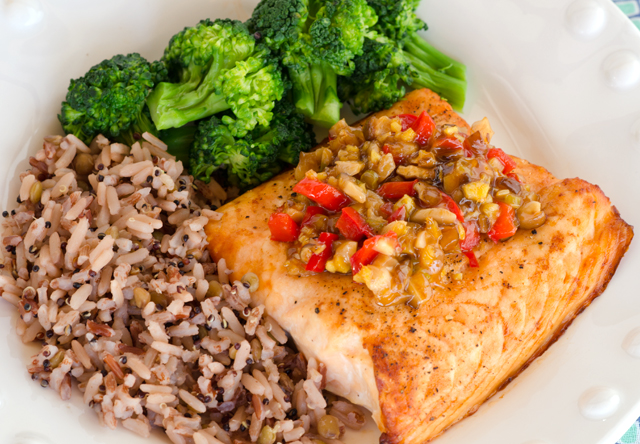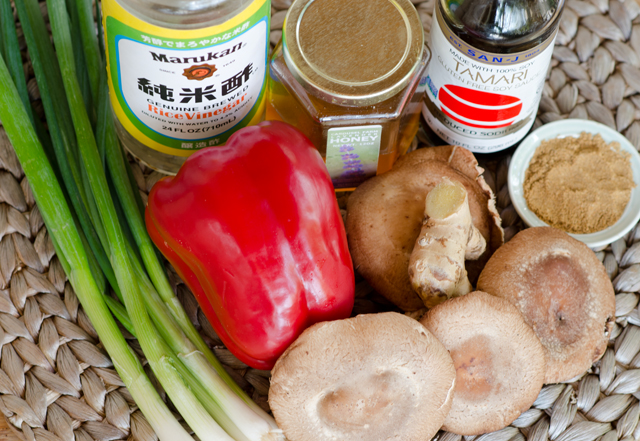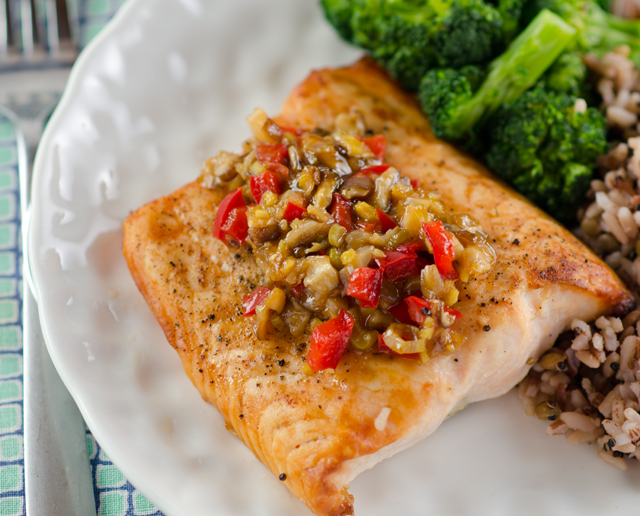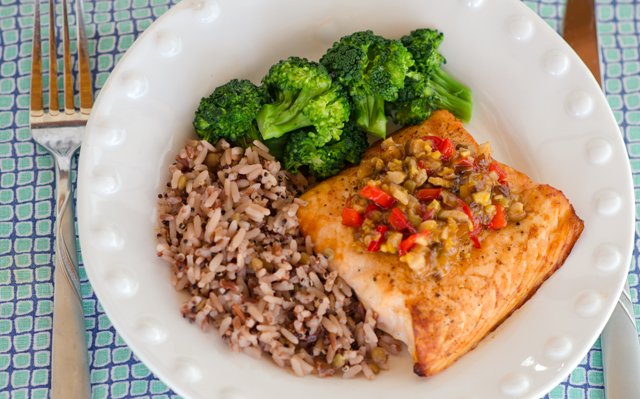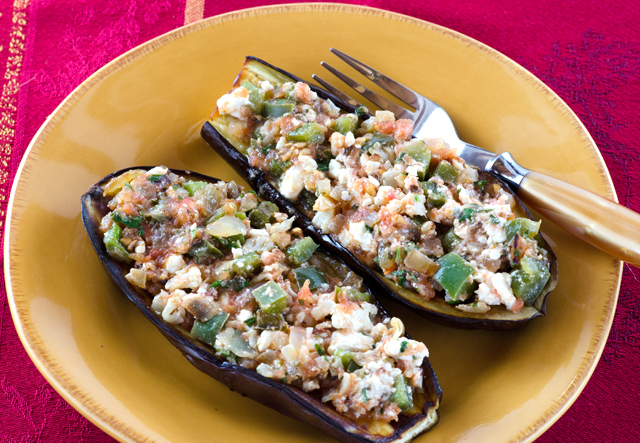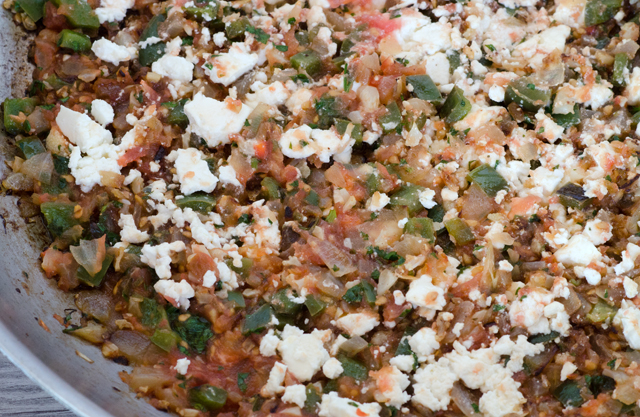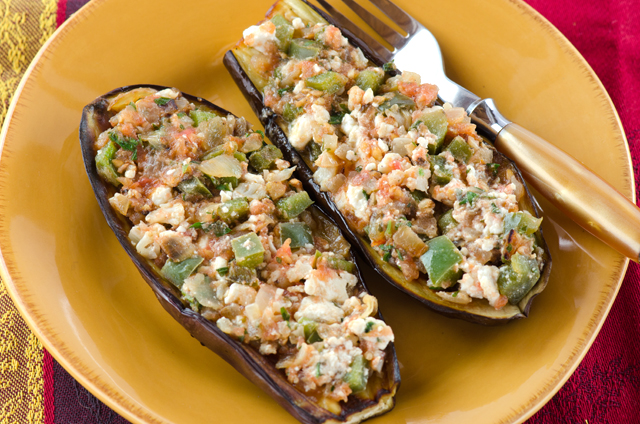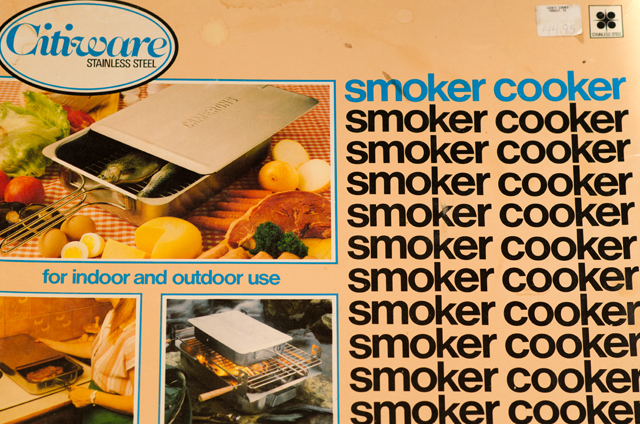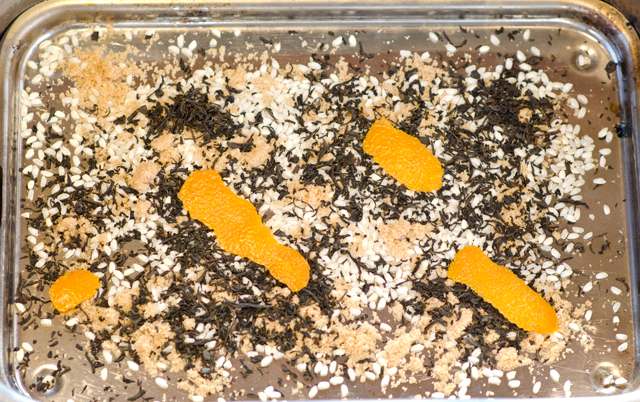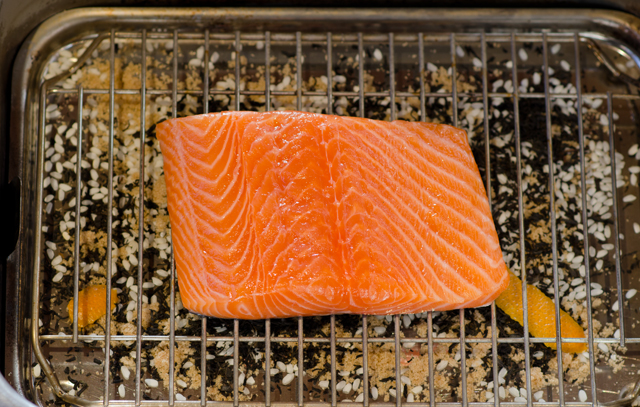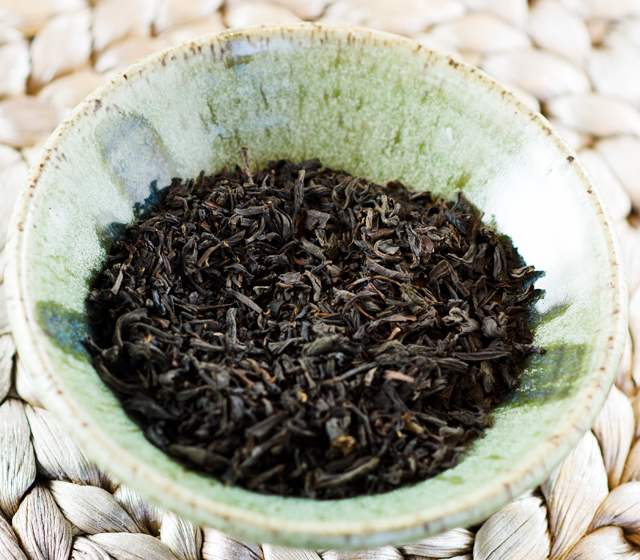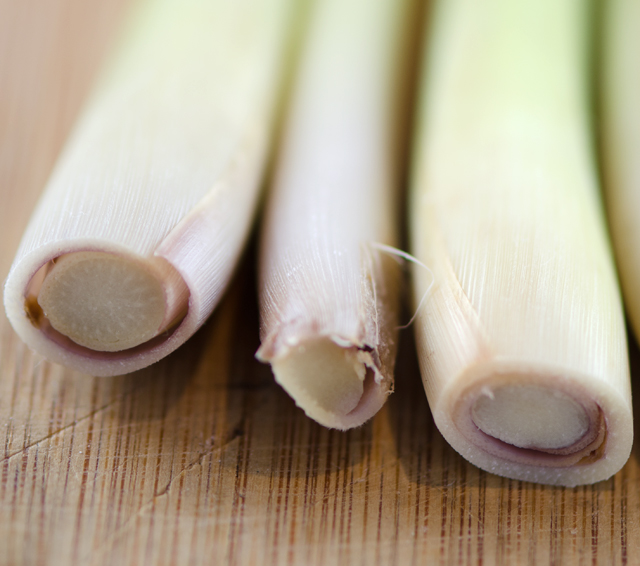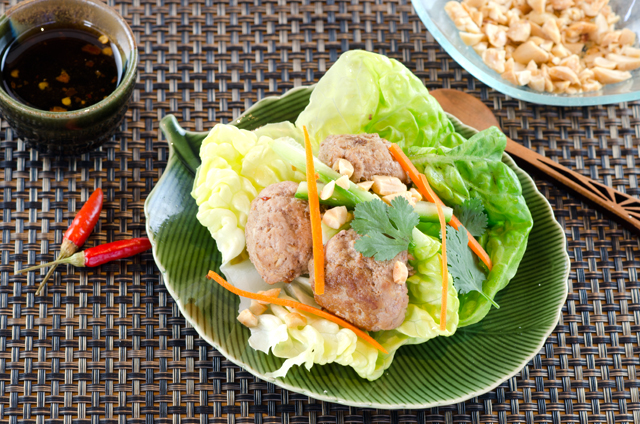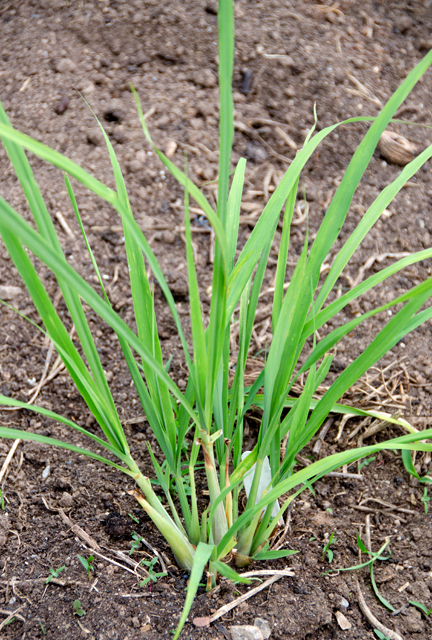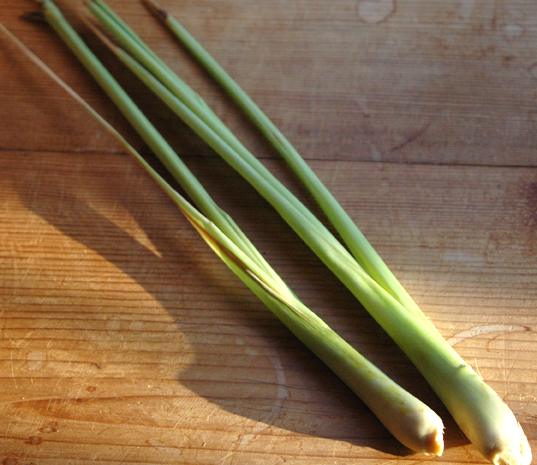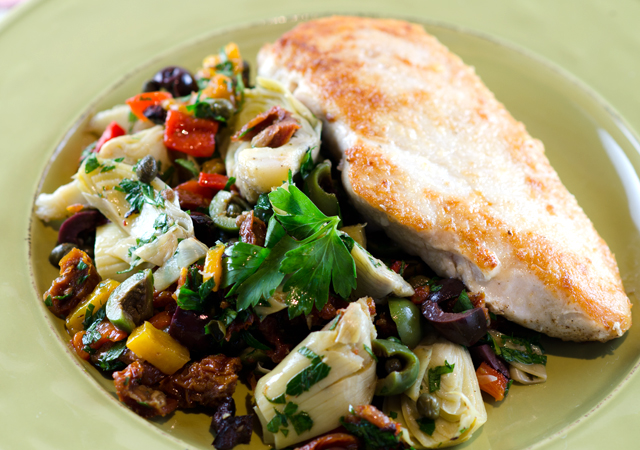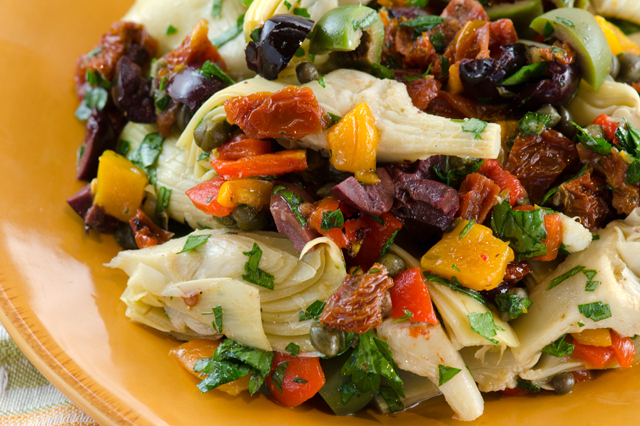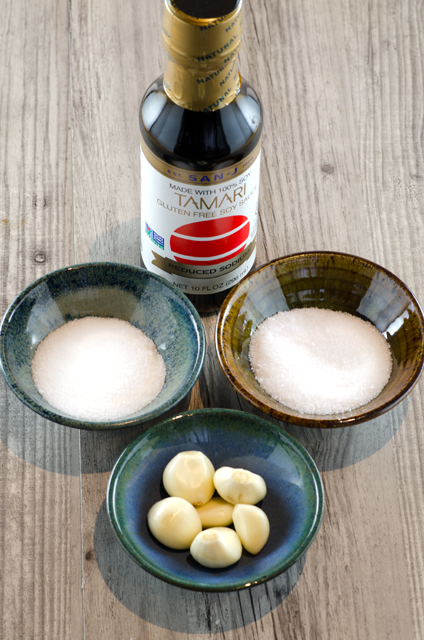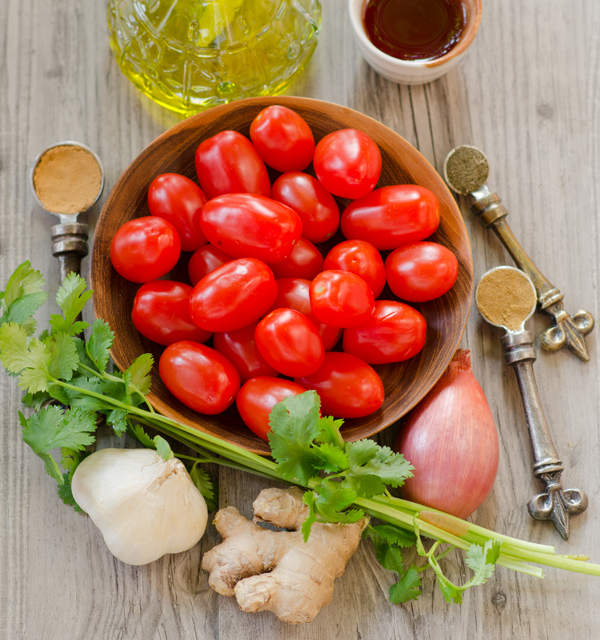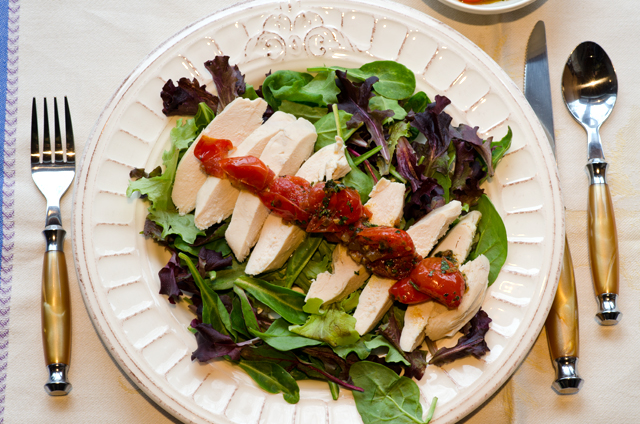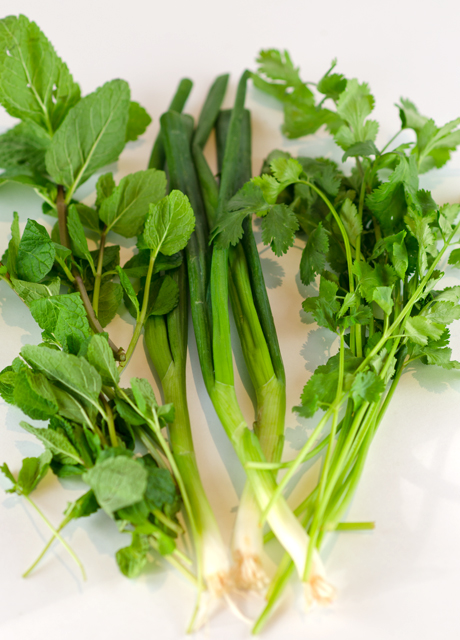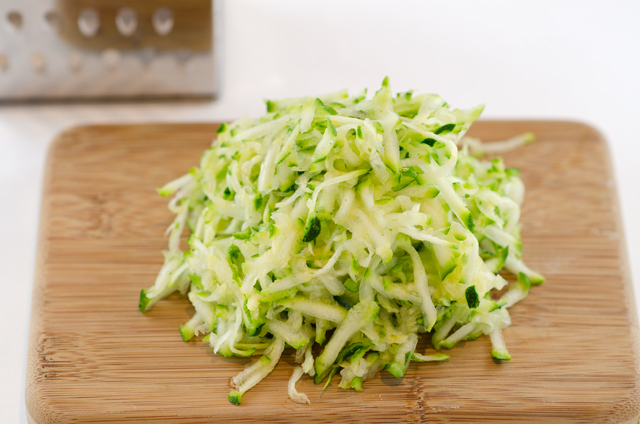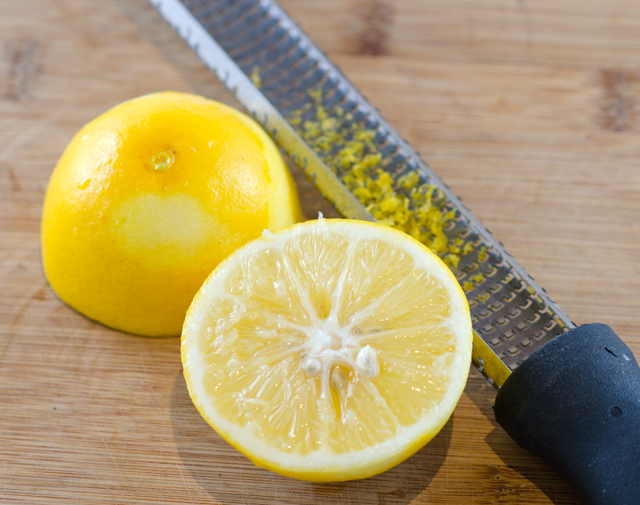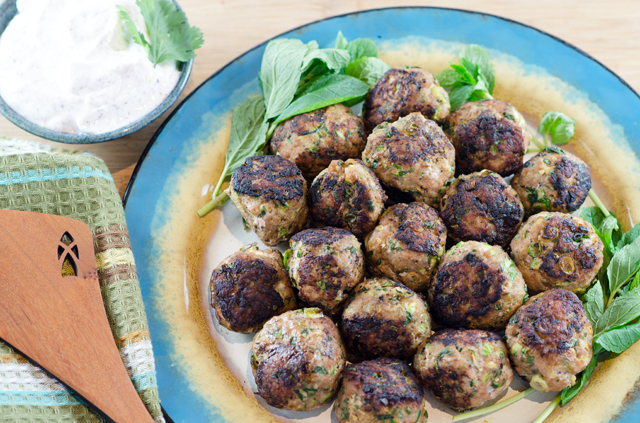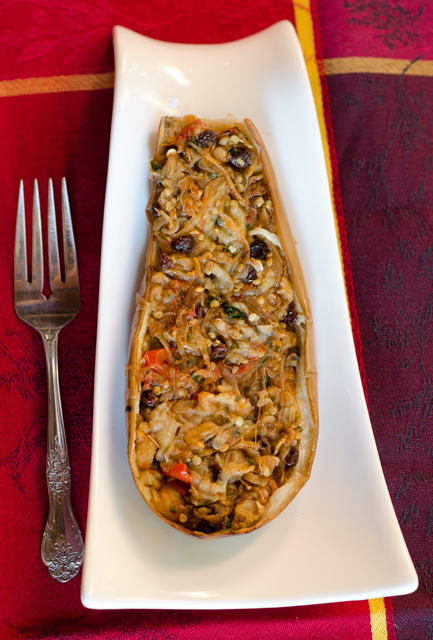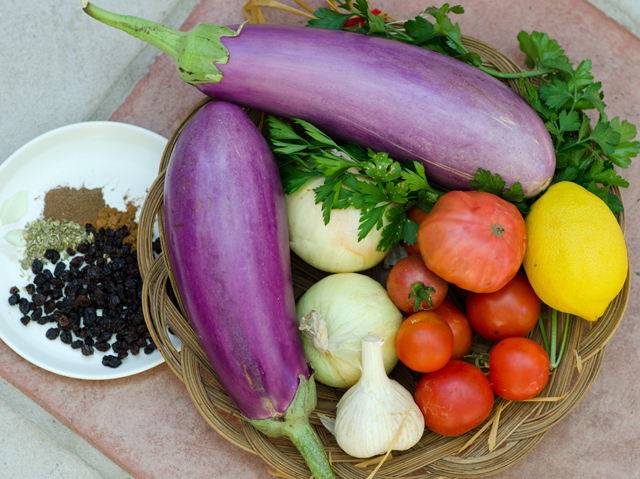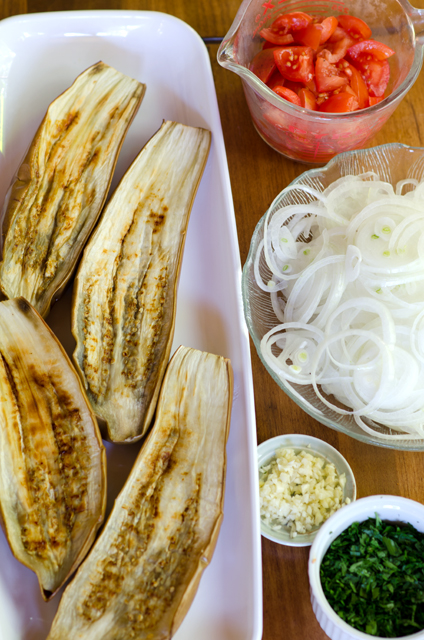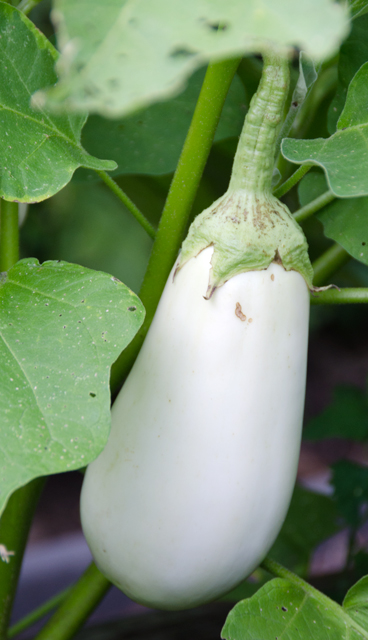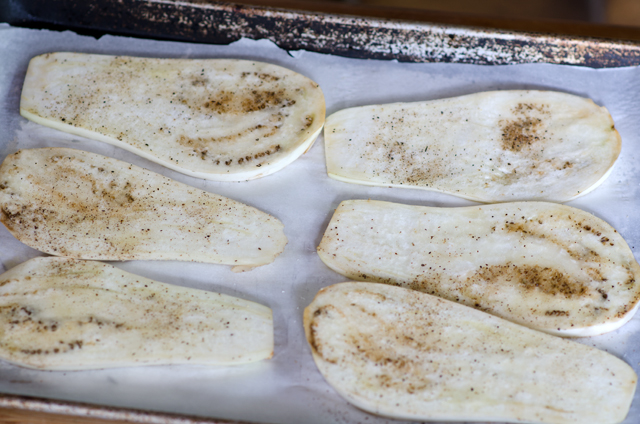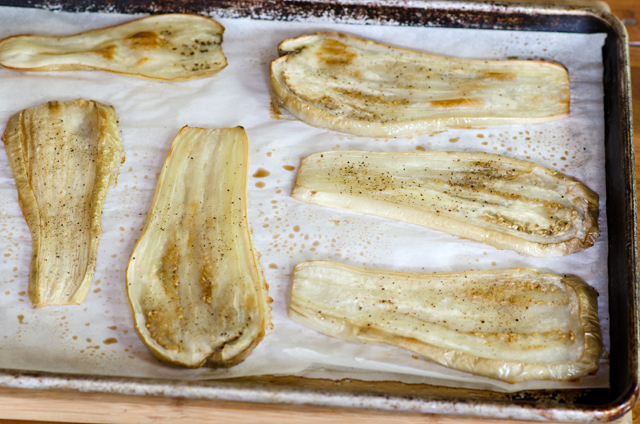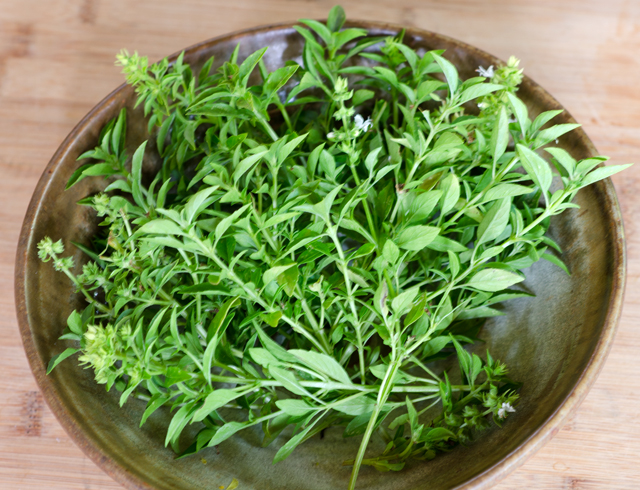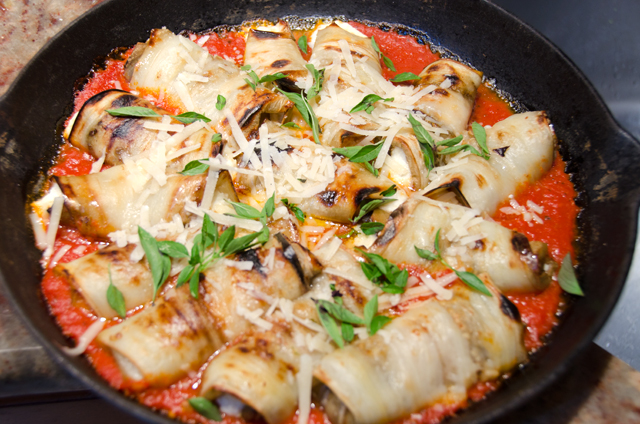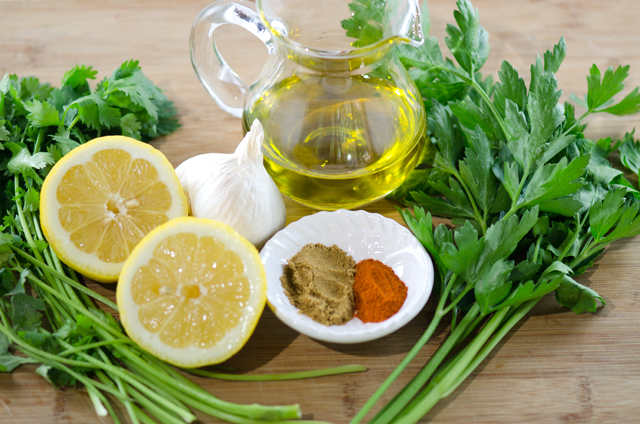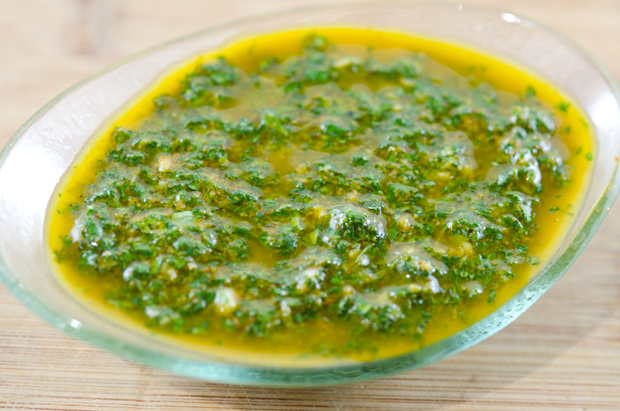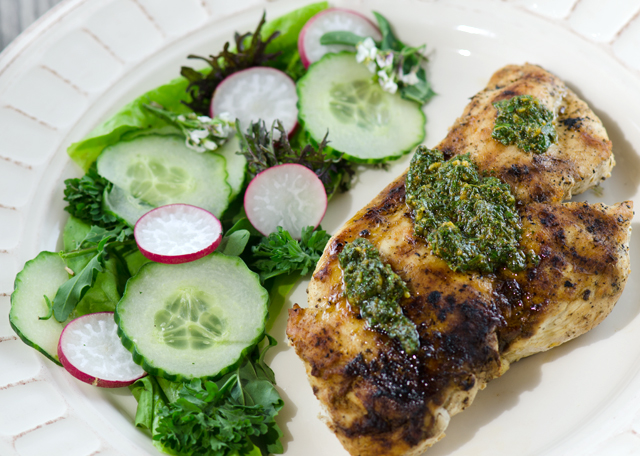Salmon is on our dinner menu once a week and I am always looking for new and interesting ways to prepare it. Always a healthy dinner choice, salmon is a good source of protein, potassium, selenium, B vitamins and omega 3 fatty acids. This recipe from Fine Cooking magazine , salmon with ginger and shiitakes has become a new favorite for us.
The original recipe called for broiling the salmon but I have adapted it for the way we cook salmon most of the time in non grill months, roasting. The fish is seasoned simply with salt, pepper and ground coriander, you can use whatever seasoning blend you choose that compliments the recipe. What makes this recipe special is the topping, a marriage of a glaze and chunky vegetable mix that is spooned right before the fish is done. A flavorful combination of red pepper, shiitake mushrooms, ginger and scallions is seasoned with honey, ginger, rice vinegar, soy and sriracha. The topping is easy to do and can even be made several hours in advance,
I substituted tamari for the low sodium soy sauce that was called for in the original recipe. Maybe you have seen tamari on you supermarket shelf next to the soy sauce and wondered what makes it different. Tamari and soy are both the by-products of fermented soybeans.Tamari is a Japanese soy sauce and is thicker, less salty with an umami quality to it. It is made by collecting the liquid that drains from miso, fermented soybean paste. Since it is brewed only from soybeans, water and salt, it is gluten free. Sriracha, once a product I could only find in Asian markets is commonplace in supermarkets today. Add Sriracha to your own liking, if you don’t have it, another hot sauce or a few pepper flakes can stand in. In case you didn’t know, sriracha is a Thai hot sauce made from chili peppers, vinegar, garlic, sugar and salt. I recommend the Huy Fong brand that has a rooster on the label. I plan to make my own version from the large collection of hot peppers we have in the near future.
Roasted Salmon with Ginger Shiitake Glaze
Serves four
Ingredients
- 1 1/2lbs salmon filet
- 2T canola oil
- 1/4t ground coriander
- Kosher salt and freshly ground pepper
- 1/3c finely diced red pepper
- 4 scallions, finely sliced, white and green parts separated
- 2T finely chopped ginger
- 1c shiitake mushrooms, stemmed and cut into fine dice
- 1/4c honey
- 3T rice vinegar
- 1T Tamari style soy sauce
- 1t Sriracha (or to taste)
- 1t cornstarch mixed with 1t of water
Directions
- Preheat oven to 450°F. Cut salmon into individual servings and salt and pepper lightly (kosher or sea salt) and sprinkle with ground coriander. Let the fish sit at room temperature while you prepare the sauce.
- In a 12″ skillet over medium heat, cook the red pepper, scallion whites and ginger in 2 tablespoons of canola oil.
- Stir occasionally until the pepper and scallions start to soften and brown, about 3 minutes.
- Raise the heat to medium high and add the mushrooms and sprinkle with salt. Cook stirring until they soften and brown, about three minutes.
- Add the honey, vinegar, tamari, chili sauce and a 1/4c water. Bring to a simmer.
- Whisk the cornstarch and water together and stir this into the glaze. Return to a simmer and cook until the glaze thickens, about 1 minute. Remove from the heat.
- Coat a pan that will hold the filets comfortably with 1T canola oil or non stick spray. Measure thickest part of filet with a ruler (every 10th of an inch equals 1 minute of cooking time at 450° F.)
- At 1 minute prior to calculated time of completion, raise oven temperature to broil, remove fish from oven and coat evenly with the glaze. Return the salmon to the oven to broil the topping, this could take 1-2 minutes. Watch this step carefully.
- Serve immediately or be sure to remove from baking pan immediately (so that the fish does not continue to cook.)
- For a more translucent preparation decrease cooking time by 1-2 minutes.
- Serve fish on warmed plates.
